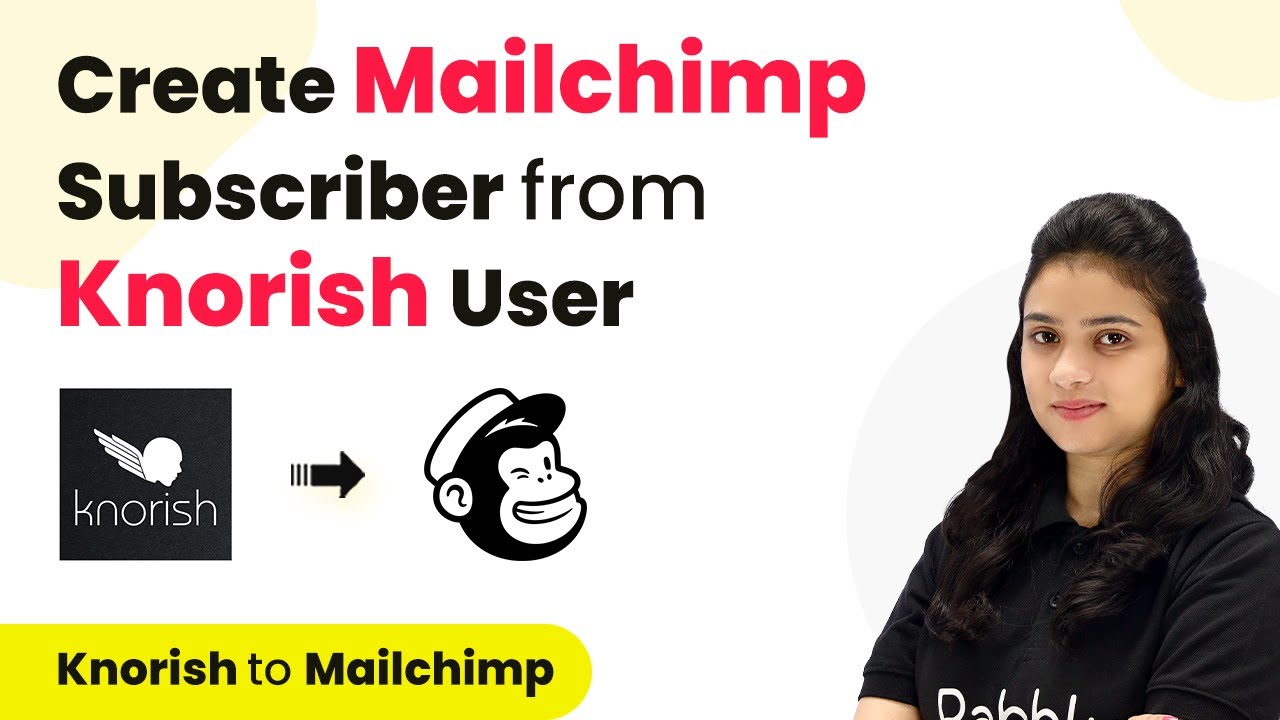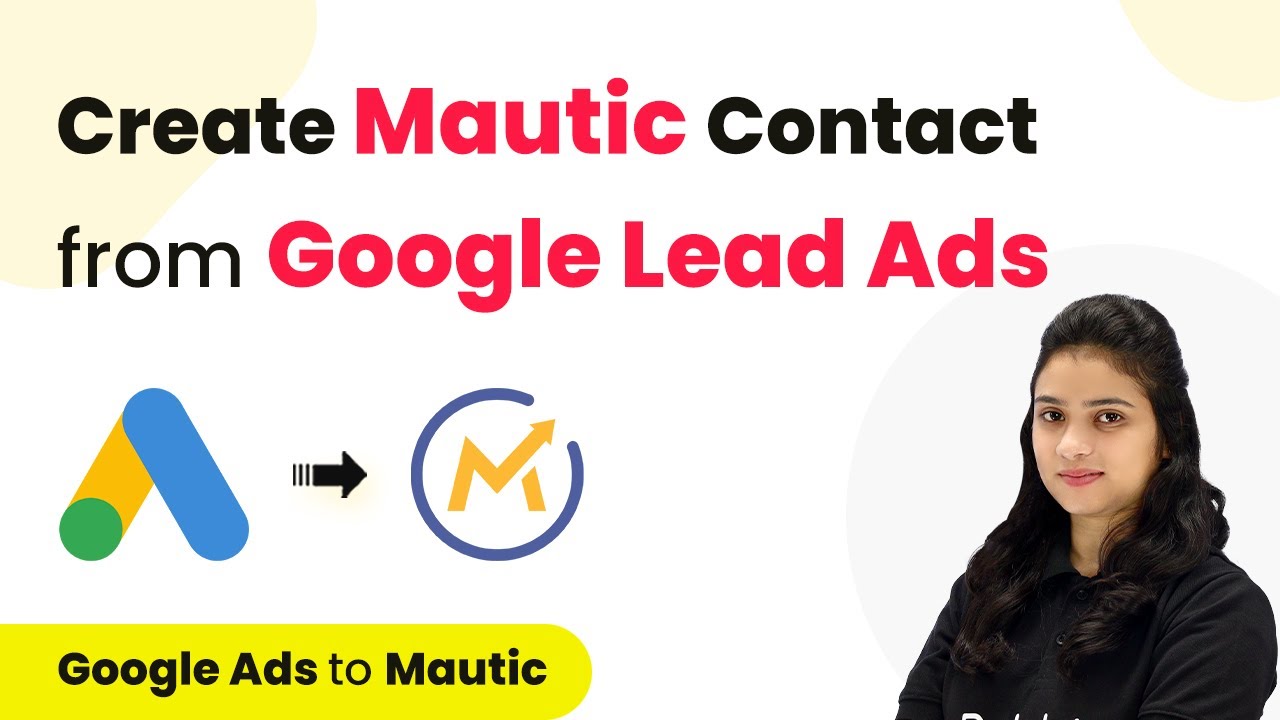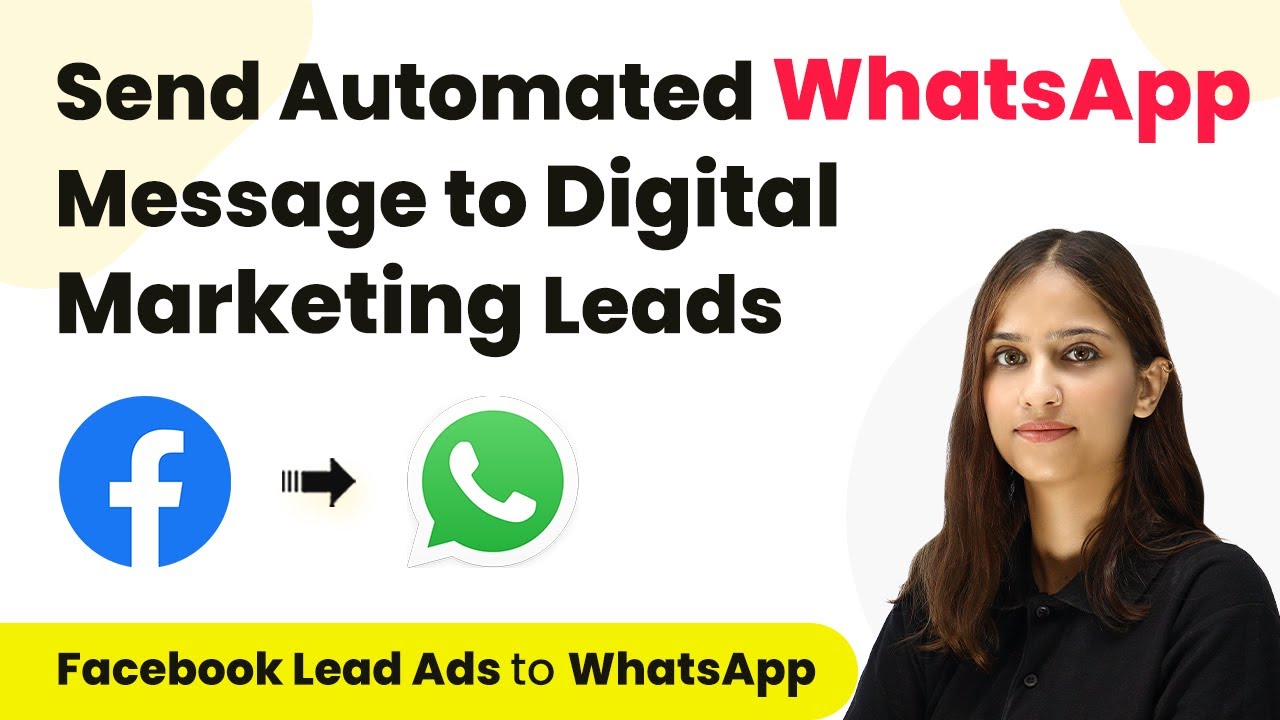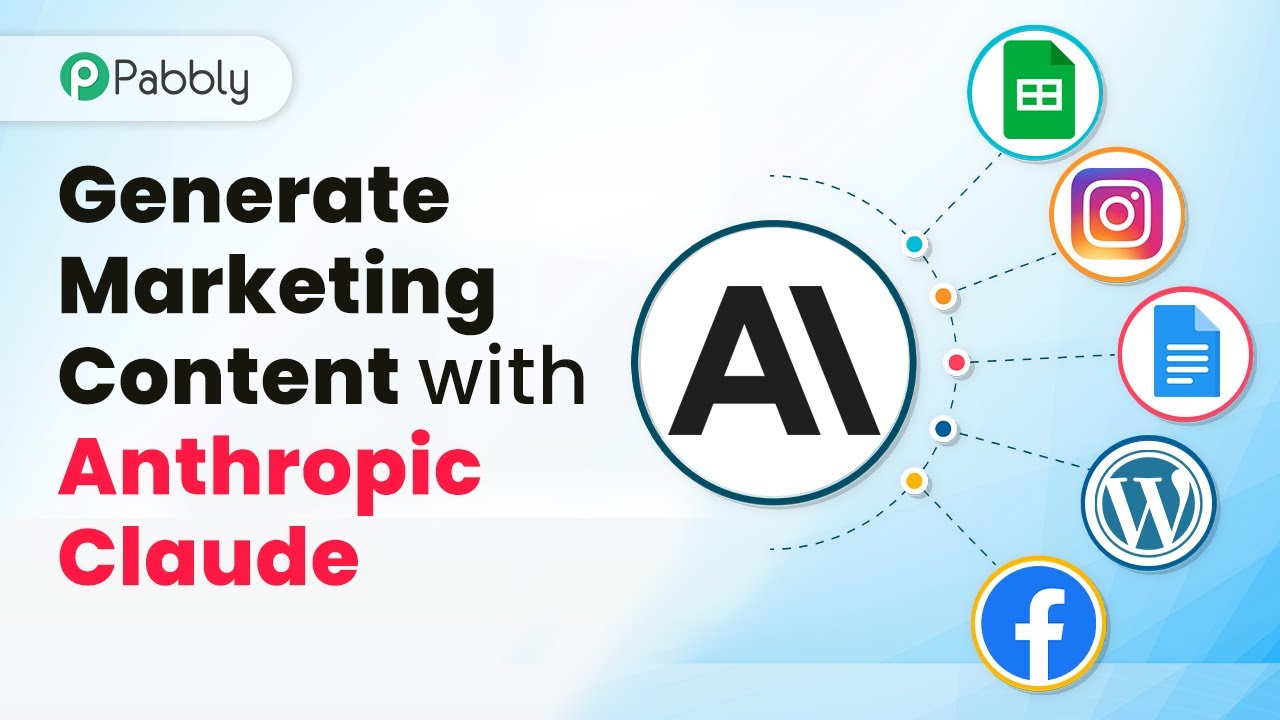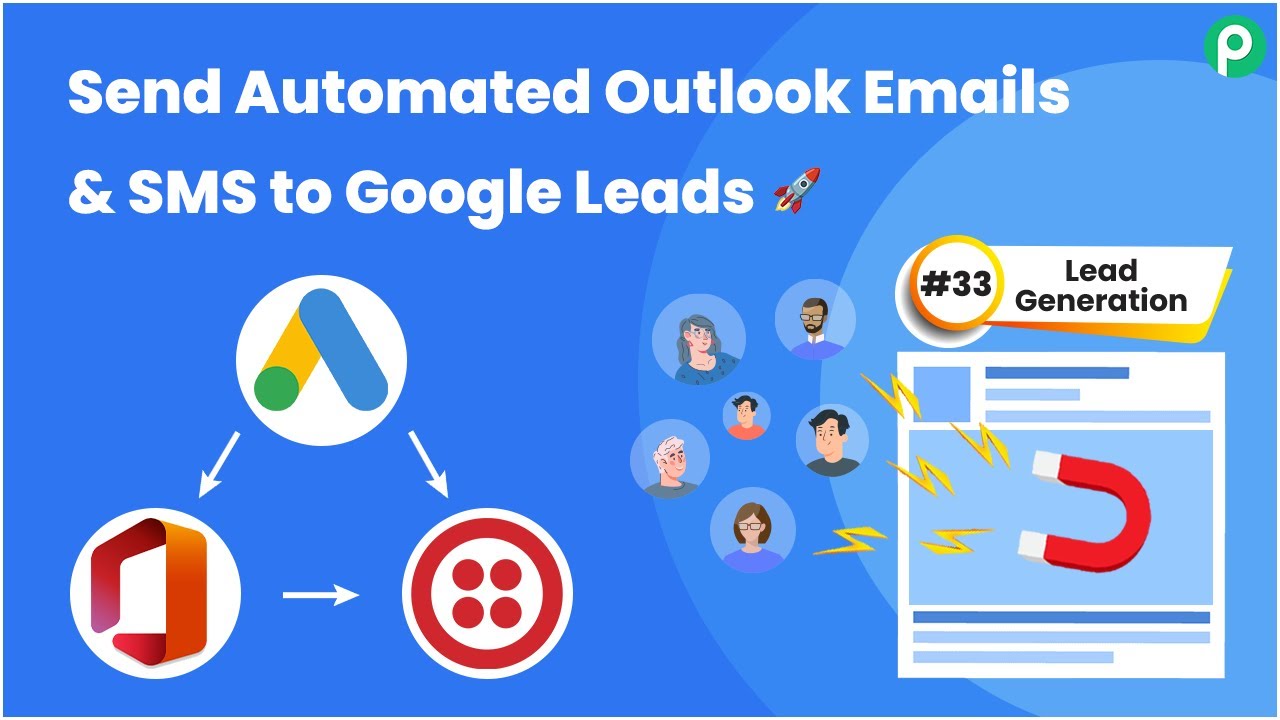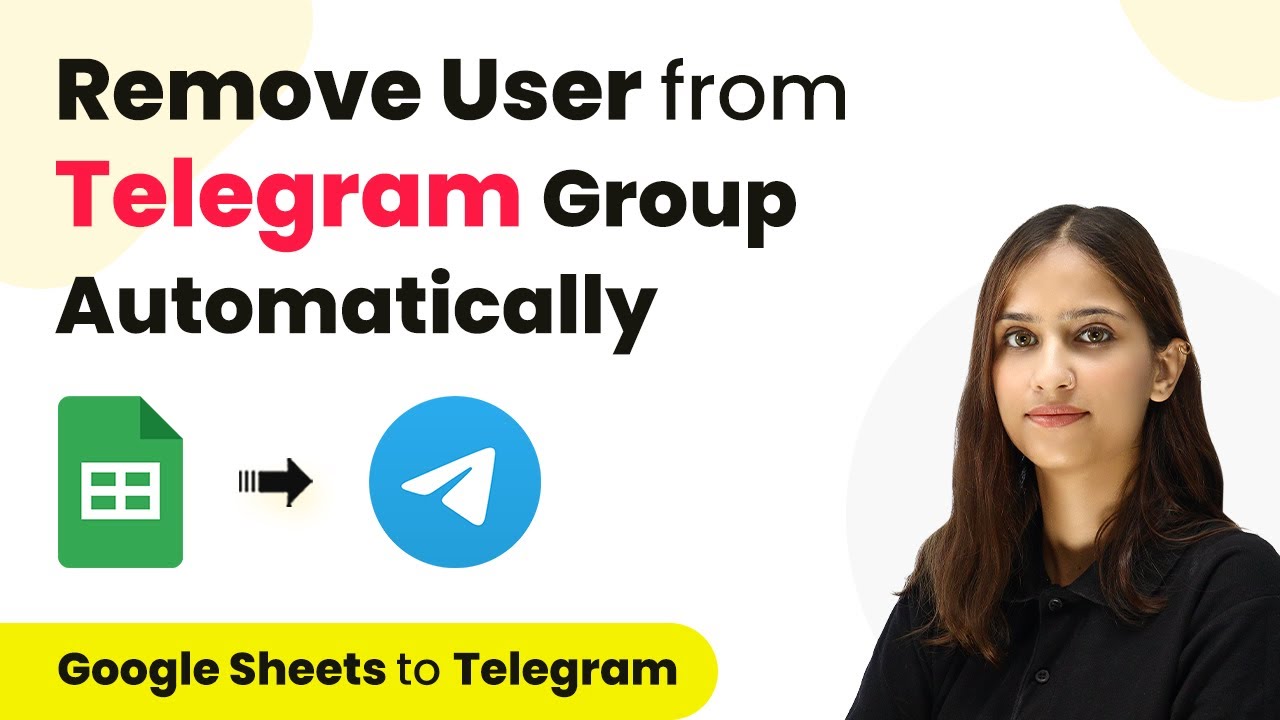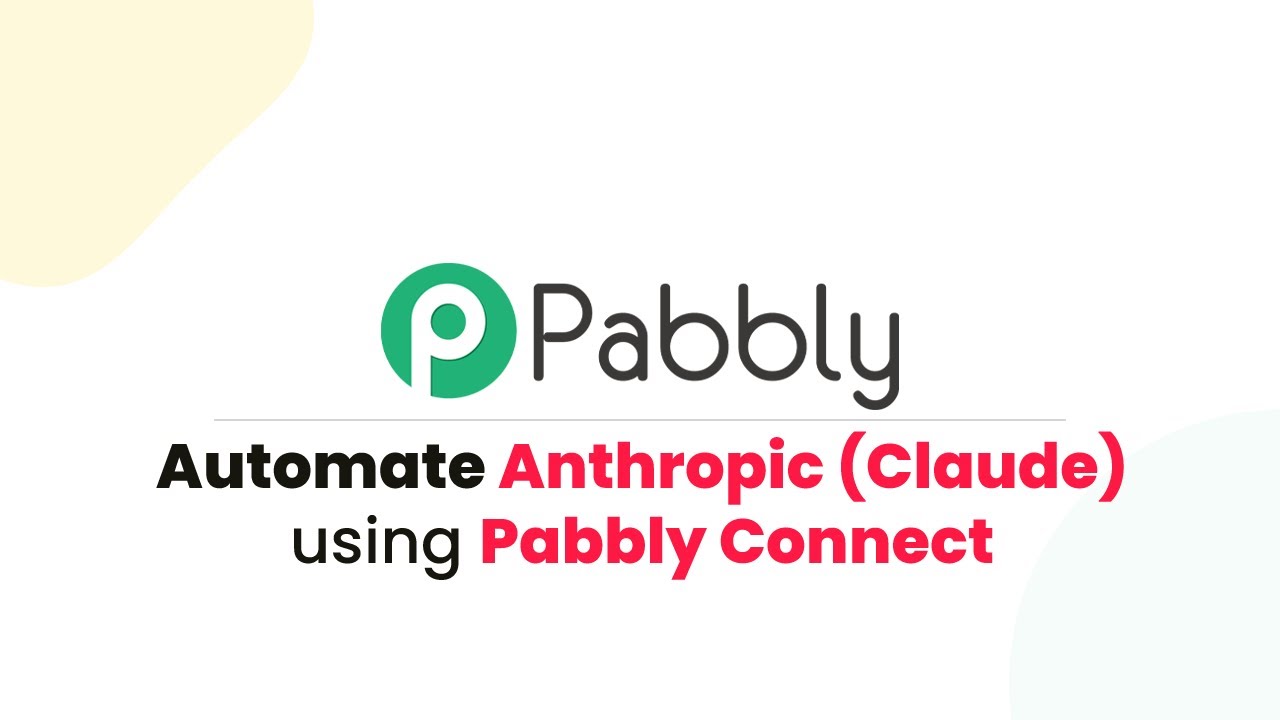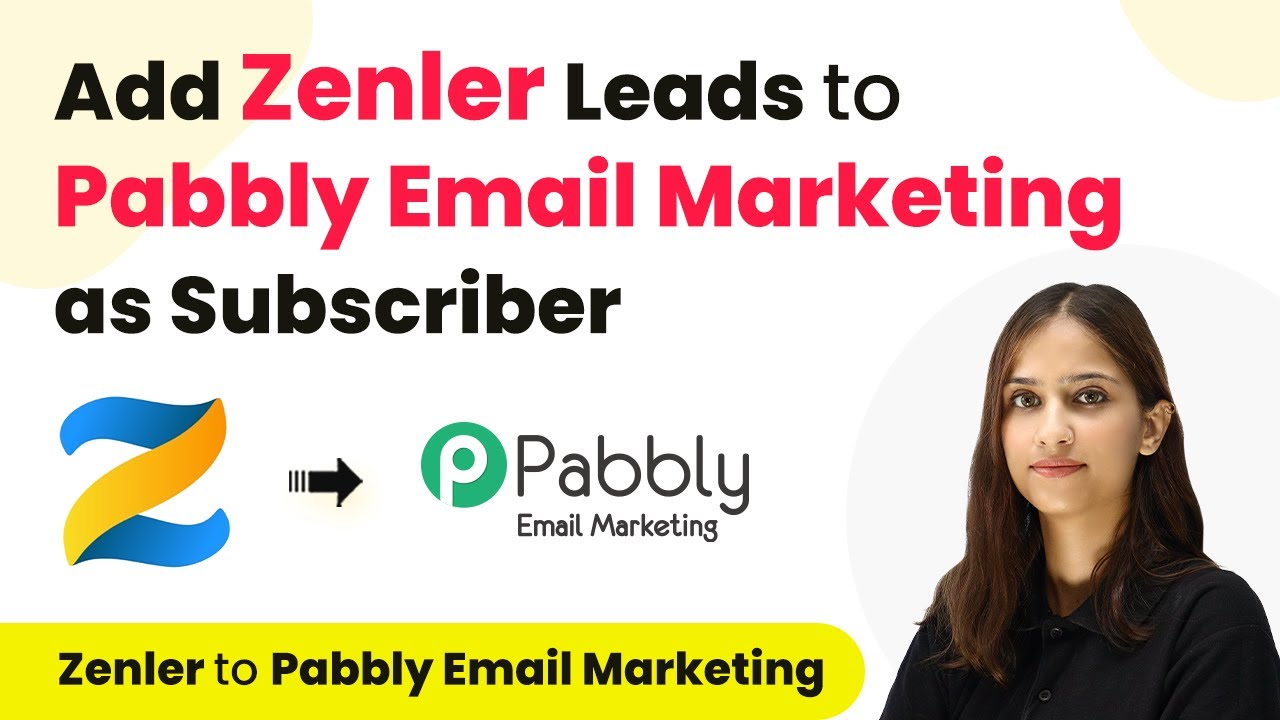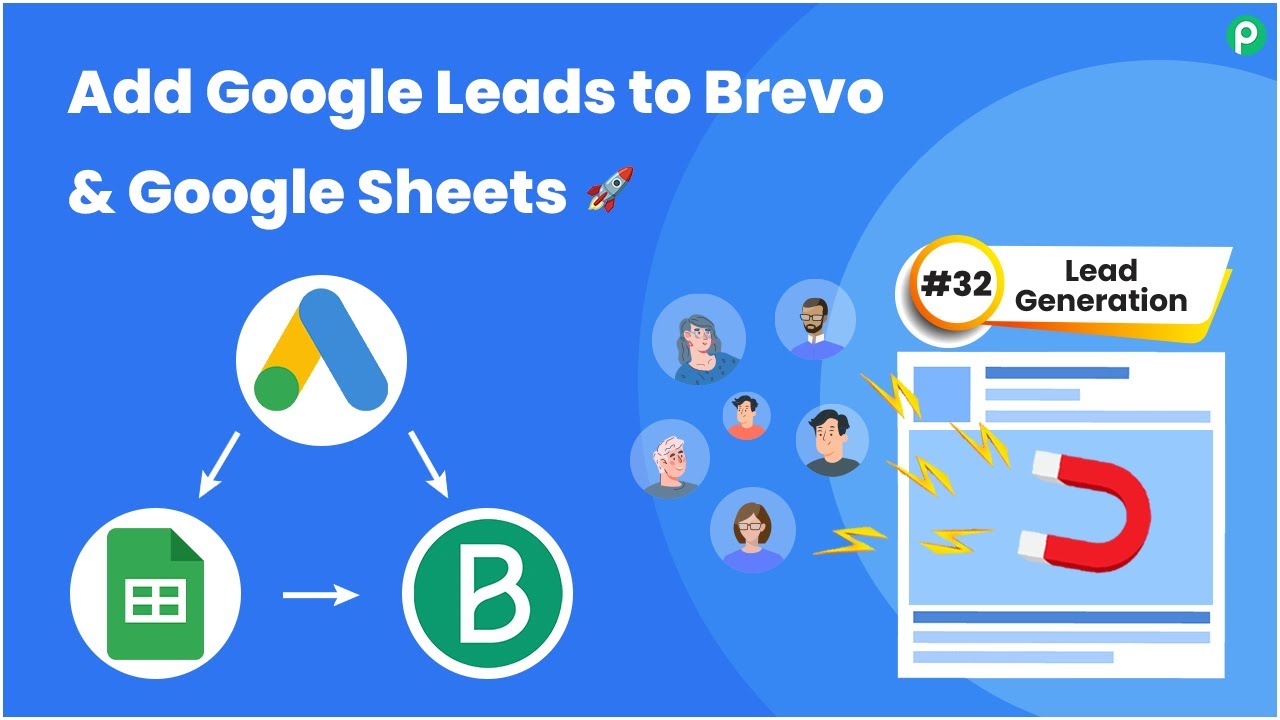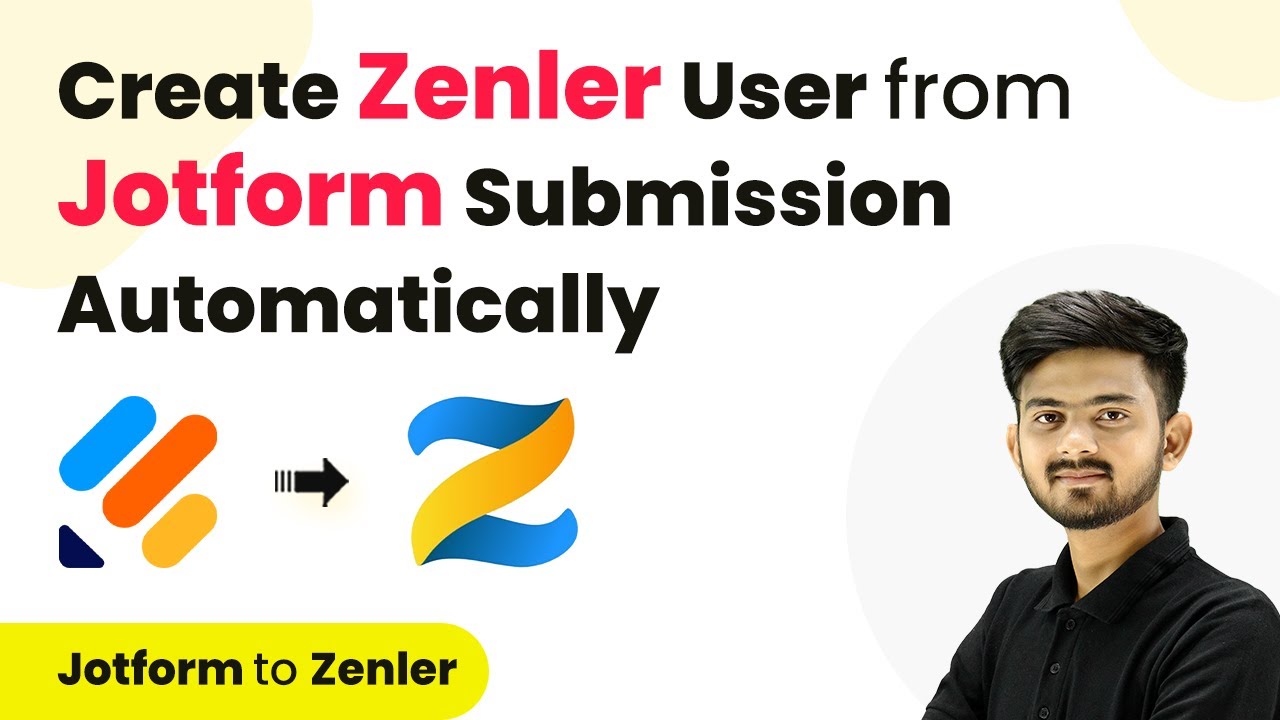Learn how to integrate Nish with Mailchimp using Pabbly Connect to automate subscriber management seamlessly. Follow our step-by-step tutorial for successful integration. This comprehensive guide reveals exactly how to connect your applications and automate repetitive tasks — accessible for professionals of all technical backgrounds.
Watch Step By Step Video Tutorial Below
1. Accessing Pabbly Connect for Nish and Mailchimp Integration
To create a Mailchimp subscriber from a Knorish user, you must first access Pabbly Connect. This powerful integration platform allows you to automate workflows between different applications seamlessly. Start by visiting the Pabbly Connect homepage by typing ‘Pabbly.com/connect’ in your browser.
Once on the homepage, you will see two options: ‘Sign In’ and ‘Sign Up for Free.’ If you are a new user, click on ‘Sign Up for Free’ to create your account. Existing users should click on ‘Sign In.’ After logging in, navigate to the dashboard where you can manage your workflows.
2. Creating a Workflow in Pabbly Connect
In this step, you will create a new workflow in Pabbly Connect to automate the process of adding new subscribers from Nish to Mailchimp. Click on the ‘Create Workflow’ button located in the top right corner of the dashboard.
- Name your workflow, for example, ‘Create Mailchimp Subscriber for New Nish Signup.’
- Select the folder where you want to save your workflow.
- Click on ‘Create’ to proceed.
After creating your workflow, you will see two sections: Trigger and Action. The Trigger is what starts the automation, while the Action is what happens as a result. Here, you will choose Nish as the Trigger application and Mailchimp as the Action application.
3. Setting Up Nish as the Trigger Application
To set up the trigger in Pabbly Connect, select Nish from the available applications. Next, choose the trigger event, which is ‘New Signup.’ This event will activate the workflow whenever a new user signs up on your Nish website.
After selecting the trigger event, you will be provided with a webhook URL. This URL is crucial as it will allow Nish to send data to Pabbly Connect. Copy this webhook URL and head over to your Nish account. In the settings section under Integrations, find the option for Pabbly Connect and paste the webhook URL in the designated field. Save your changes.
4. Adding Mailchimp as the Action Application
Now that you have set up the trigger, it’s time to configure the action in Pabbly Connect. Select Mailchimp as the action application and choose the action event ‘Add New Member with Custom Fields.’ This is where the details of the new Nish user will be sent to Mailchimp.
- Click ‘Connect’ to establish a connection with your Mailchimp account.
- Enter your Mailchimp API key and data center information to complete the connection.
- Map the fields from the Nish response to the Mailchimp subscriber fields.
Ensure that you have correctly mapped all necessary fields, such as email address, first name, last name, and any tags you wish to assign to the new subscriber. This mapping allows Pabbly Connect to automate the process accurately.
5. Testing and Confirming the Integration
Once you have mapped all fields in Pabbly Connect, it’s time to test the integration. Go back to your Nish website and sign up a new user. After submitting the signup form, return to Pabbly Connect and check if the new user’s details were captured successfully.
If the test is successful, you will see the new subscriber’s information reflected in your Mailchimp account. This confirms that the integration between Nish and Mailchimp via Pabbly Connect is working correctly. Now, every time a new user signs up on your Nish website, they will automatically be added as a subscriber in Mailchimp.
Conclusion
In this tutorial, we detailed how to integrate Nish with Mailchimp using Pabbly Connect. By following these steps, you can automate the process of adding new subscribers effortlessly. This integration enhances your email marketing efforts by ensuring that every new user is captured in Mailchimp seamlessly.
Ensure you check out Pabbly Connect to create business automation workflows and reduce manual tasks. Pabbly Connect currently offer integration with 2,000+ applications.
- Check out Pabbly Connect – Automate your business workflows effortlessly!
- Sign Up Free – Start your journey with ease!
- 10,000+ Video Tutorials – Learn step by step!
- Join Pabbly Facebook Group – Connect with 21,000+ like minded people!
